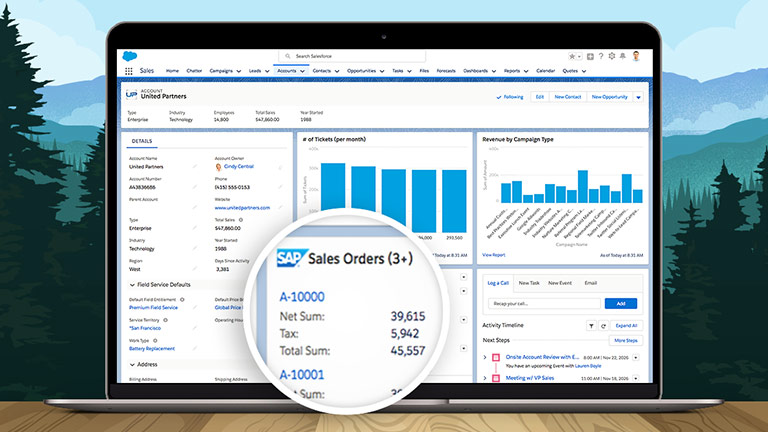For developers that were around at the time, the development and publishing of “Open Database Connectivity (ODBC)” drivers in the 1990’s was a game-changer for the development of client/server applications. ODBC provided a translation layer between the client application’s use of embedded SQL and the back-end database. This gave developers the ability to port applications from one RDBMS to another or access multiple databases hosted on multiple services using the same client application. It provided huge productivity gains, in addition to opening new avenues for development by allowing developers to access multiple data sources in a single client application.

Open Data Protocol (OData)
The Open Data Protocol (OData) was initiated by Microsoft in 2007 and defines a set of best practices for building and consuming RESTful APIs. Similar to the way ODBC did, OData is improving the productivity of developers and providing new capabilities for applications to leverage access to back-end data sources. However, changes in the way we develop the front-end of applications amplify these capabilities even more. One of the best examples of this is Salesforce Connect.
How Salesforce Connect Works
In the past, integration with Salesforce meant importing data into your Salesforce instance, creating a lot of custom code, or developing light integrations by dynamic links, and/or using iframes to expose back-end data.
Salesforce Connect now facilitates direct access to these back-end data sources by leveraging OData compliant APIs provide by other applications or developed with middleware tools such as MuleSoft, IBM App Connect, Tibco, Dell Boomi, Informatica, and others. Specifically, it provides the ability to create External Objects, which as Salesforce explains, allows you to “treat all your data like it’s in Salesforce.”
Imagine the capabilities to access information like billing and order data through a related list or tab in Salesforce, which is set up and controlled via declarative configuration. Providing a single view of your customer with a unified front-end has never been easier.
Having seen the power of OData and Salesforce Connect in action, I believe this truly a game-changer for Salesforce and putting the use of it on your CRM Roadmap is a must!

With Salesforce Connect, connect fast from any data source and embed objects without code. (Photo: Salesforce)
Learn More about Salesforce Connect
- Perficient’s Salesforce Specialists — Let us know any questions you have about OData, Salesforce, or developing your CRM Roadmap
- Salesforce Connect Trailhead — Access, display, and integrate data from an external data source in real time
- Cracking the Code: How Salesforce Connect Solves Data Integration — Discover the potential of this powerful new tool for accelerating processes across every department in your company, transforming every industry, from financial services to retail, and combining legacy data with Salesforce customer data for new insights
- Salesforce Platform Services — General overview of all Platform Services like Shield, IoT, Einstein Analytics, Identity, Connect, and Bolt
- Trailblazer Community Documentation — Everything you wanted to know about Salesforce Connect Adapters, Identity Type for External Data Sources, Record IDs for Salesforce Connect External Objects, Considerations for Salesforce Connect—All Adapters, Access Data in Another Salesforce Org with the Cross-Org Adapter for Salesforce Connect, Access External Data with the OData 2.0 or 4.0 Adapter for Salesforce Connect, Access External Data with a Custom Adapter for Salesforce Connect

